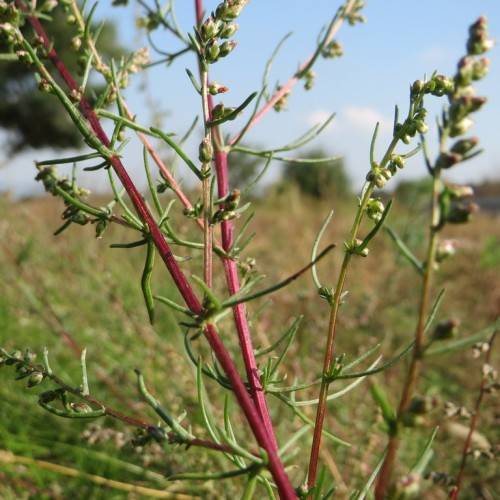
Tallwormwood
Artemisia campestris
Also Known As - Field SagewortWatering:
Minimal
Hardiness Zone:
Sun:
full sun,part shade
Leaf:
Yes
Growth Rate:
Low
Poisonous To Humans:
Yes
Poisonous To Pets:
Yes
Salt Tolerant:
Yes
Invasive:
Yes
Care Level:
Medium
watering
Boreal Wormwood (Artemisia borealis) should be watered once a week with 1 to 3 inches of water. During the warmer months, you may need to water more frequently. It is important to avoid over-watering, as this can cause root rot. Be sure to check the soil before watering to make sure the top inch or 2 is dry. Always use a container that has drainage holes to ensure that the soil can drain well.
sunlight
Boreal Wormwood (Artemisia borealis) thrives best in full sunlight. For healthy growth and development, it should receive at least 6 to 8 hours of direct sunlight each day. Plant it in a location where it can get plenty of bright light. Avoid situating it in areas of your yard with afternoon shade. During the summer, it can tolerate more direct sun, while in the cooler months, it benefits from some early morning sun or filtered sunlight.
pruning
Boreal Wormwood should be pruned at the end of the growing season in late fall or early winter (November to early February). All dead or diseased growth should be removed first, followed by a light pruning of the shrub back to its desired height and width. Take care not to prune too drastically as this may damage the plant. Pruning also helps to promote new growth and encourage an attractive, bushy shape.
